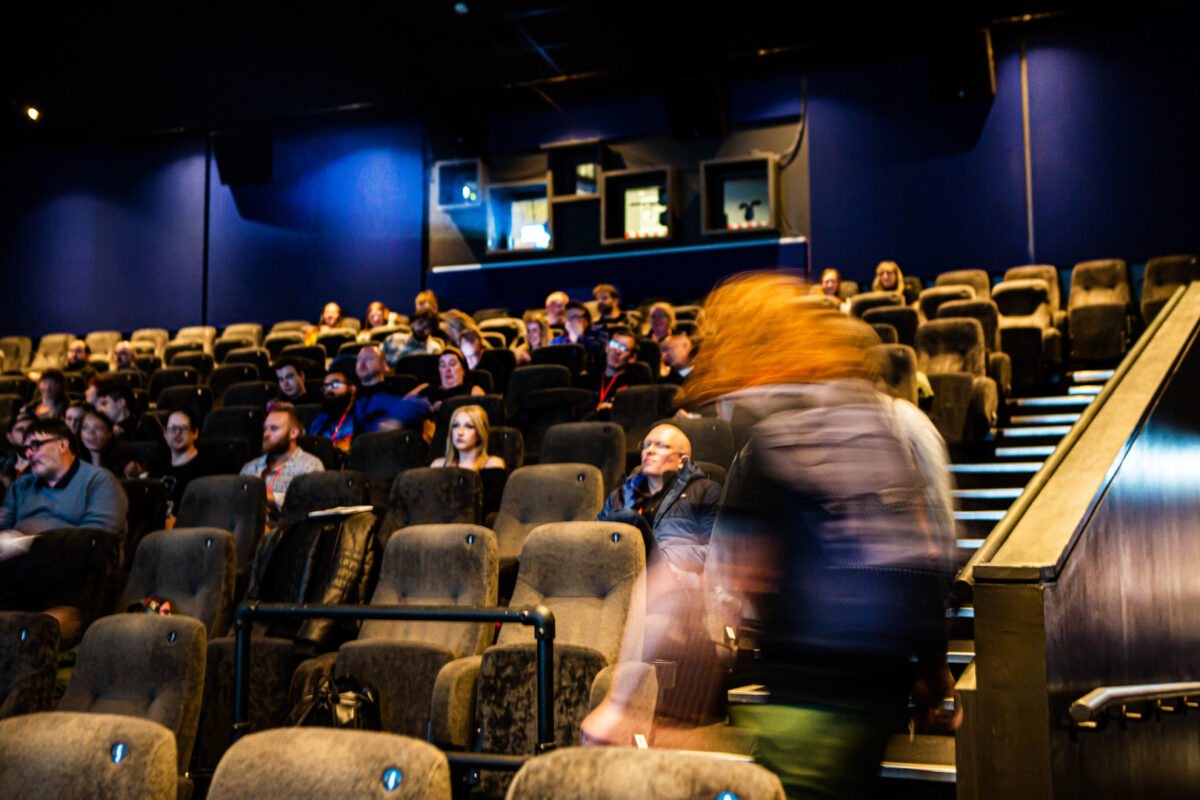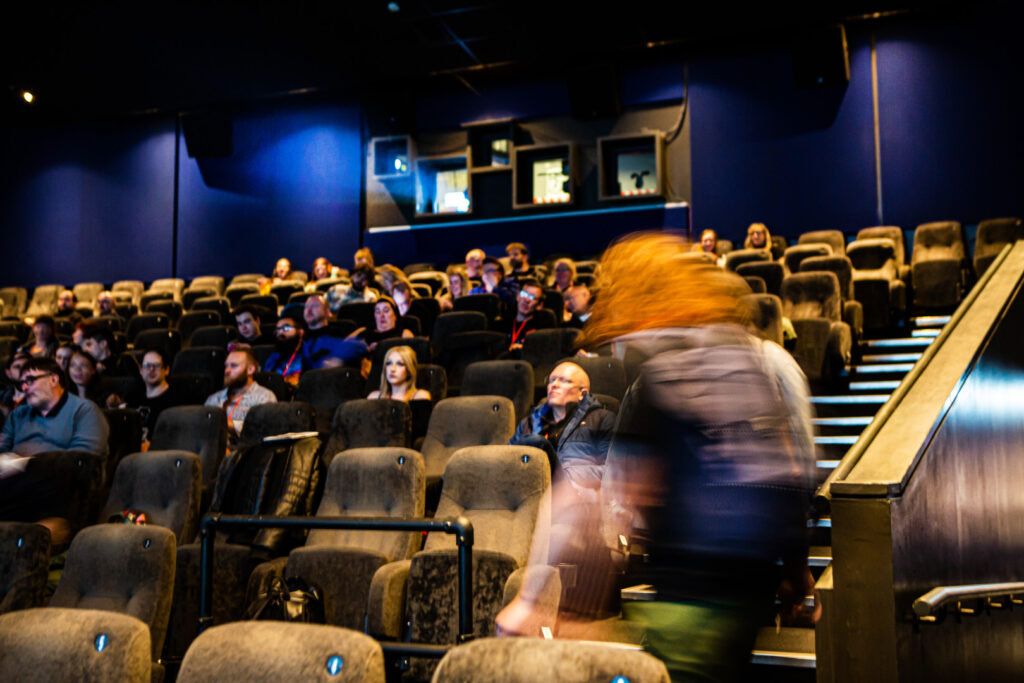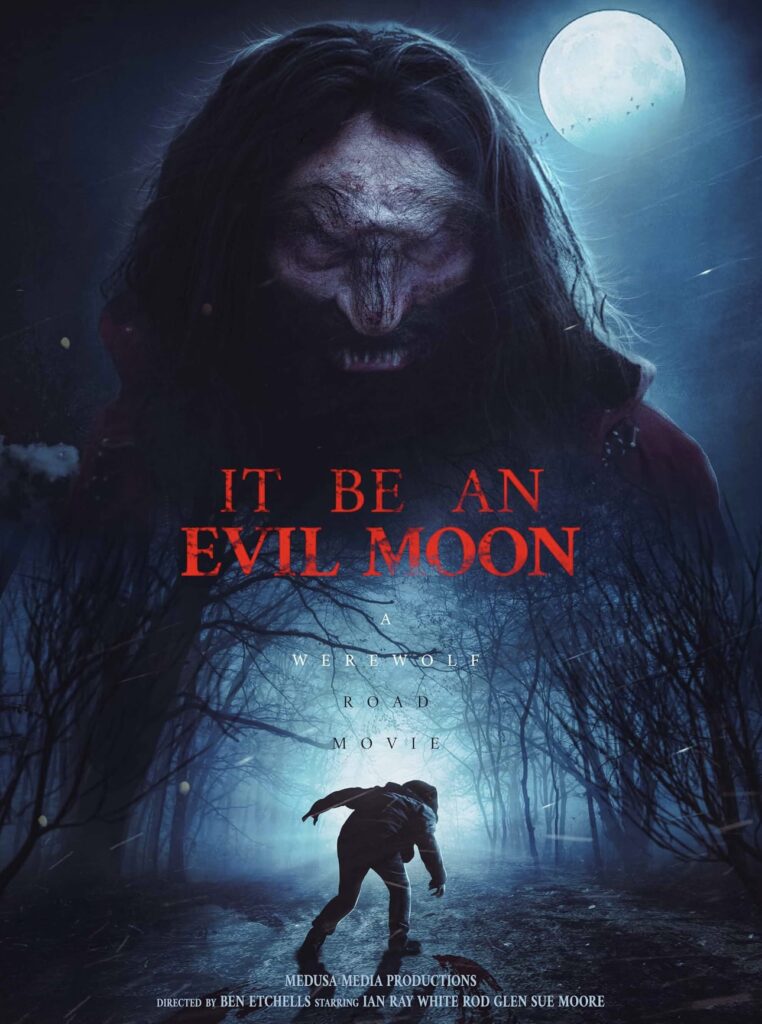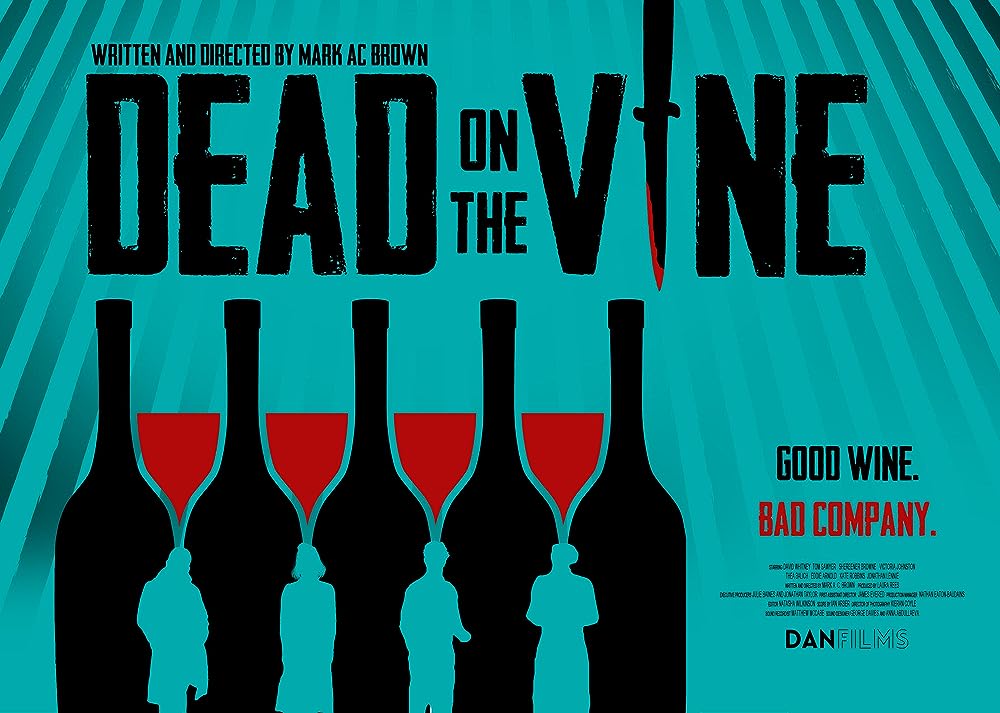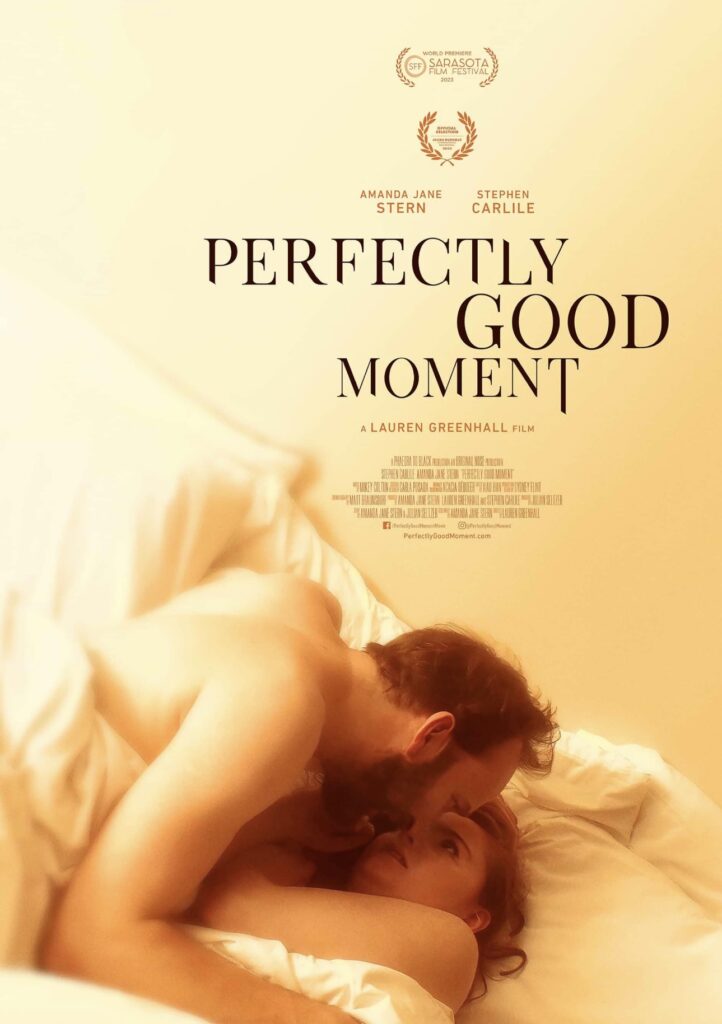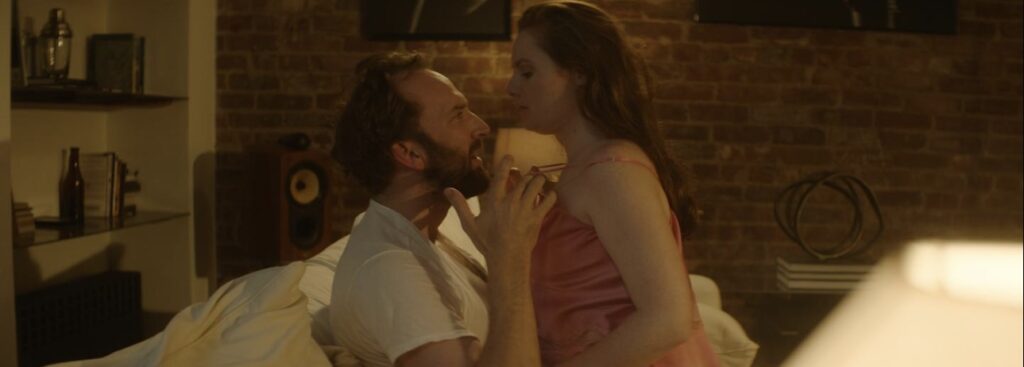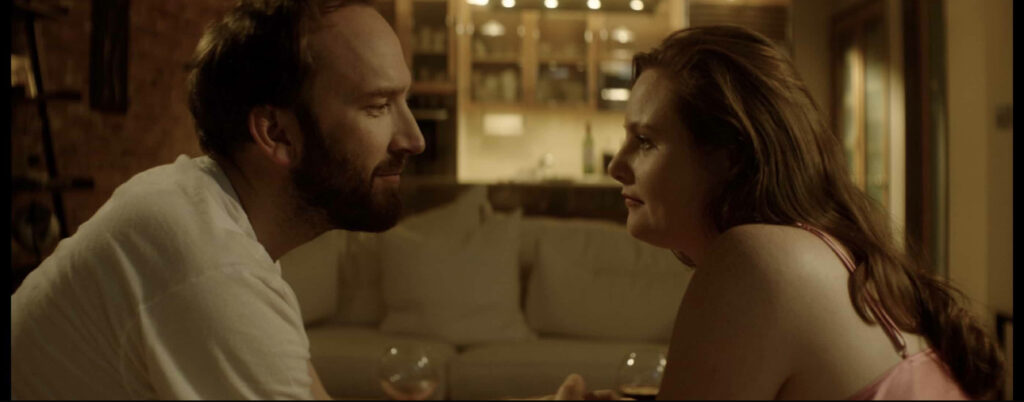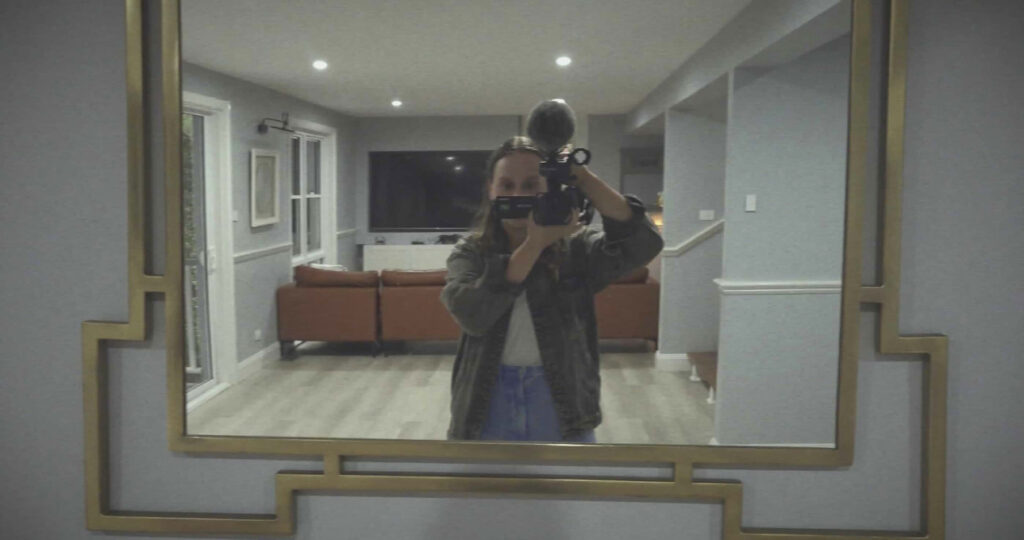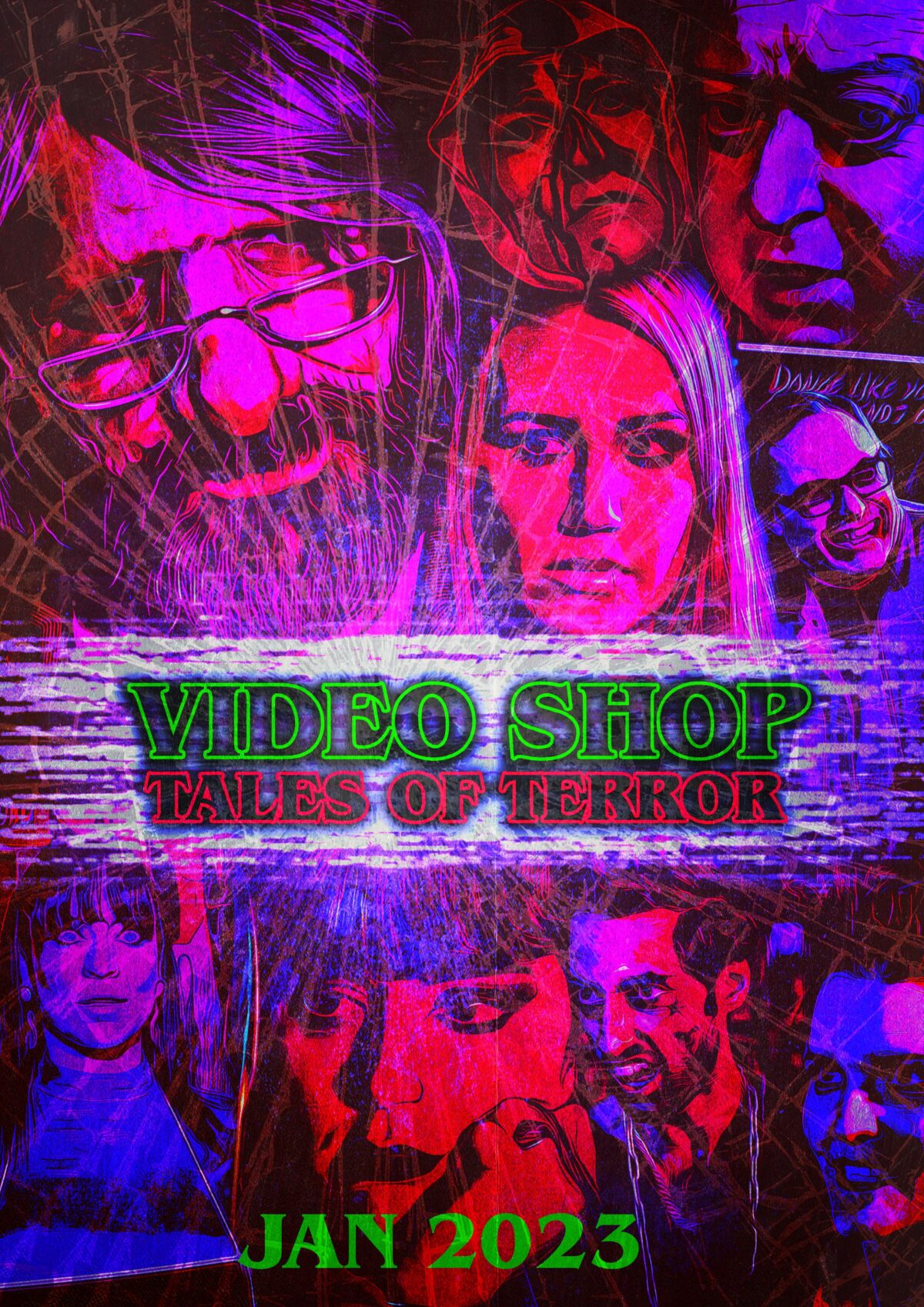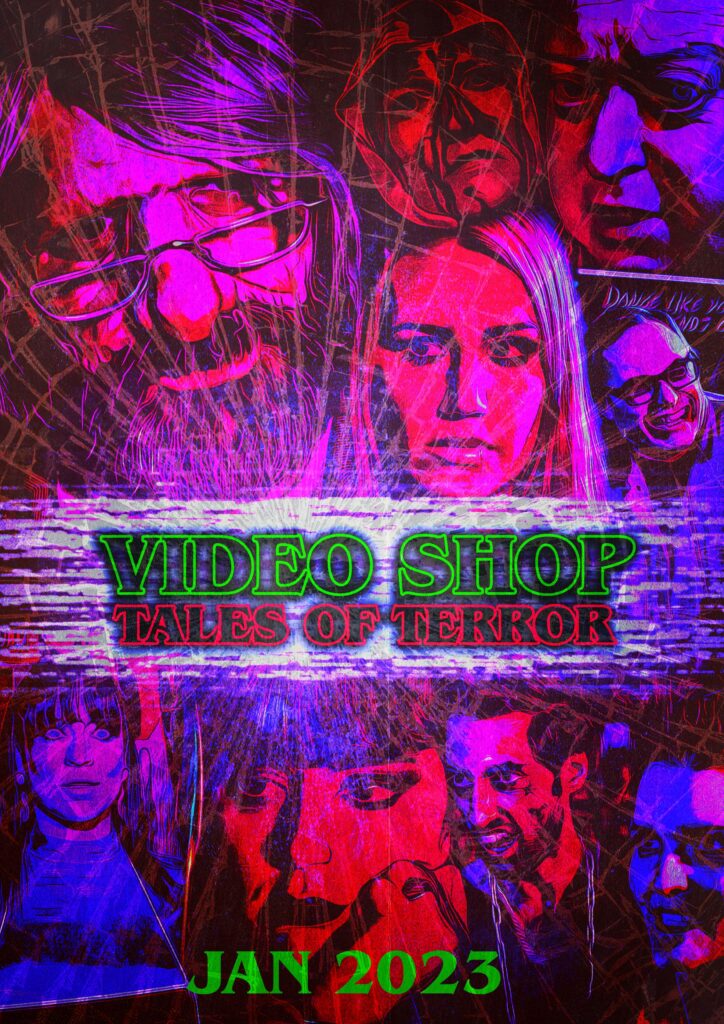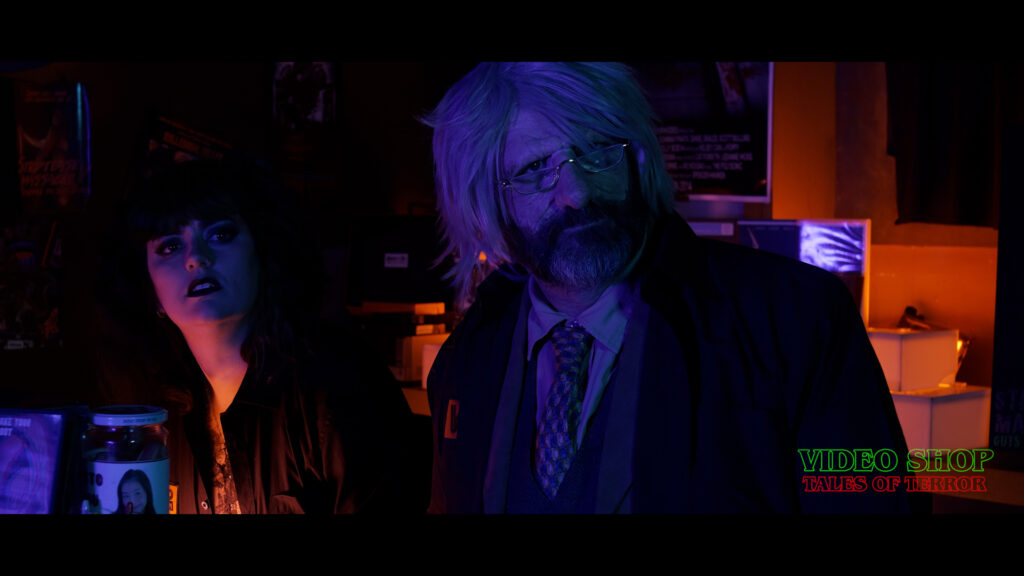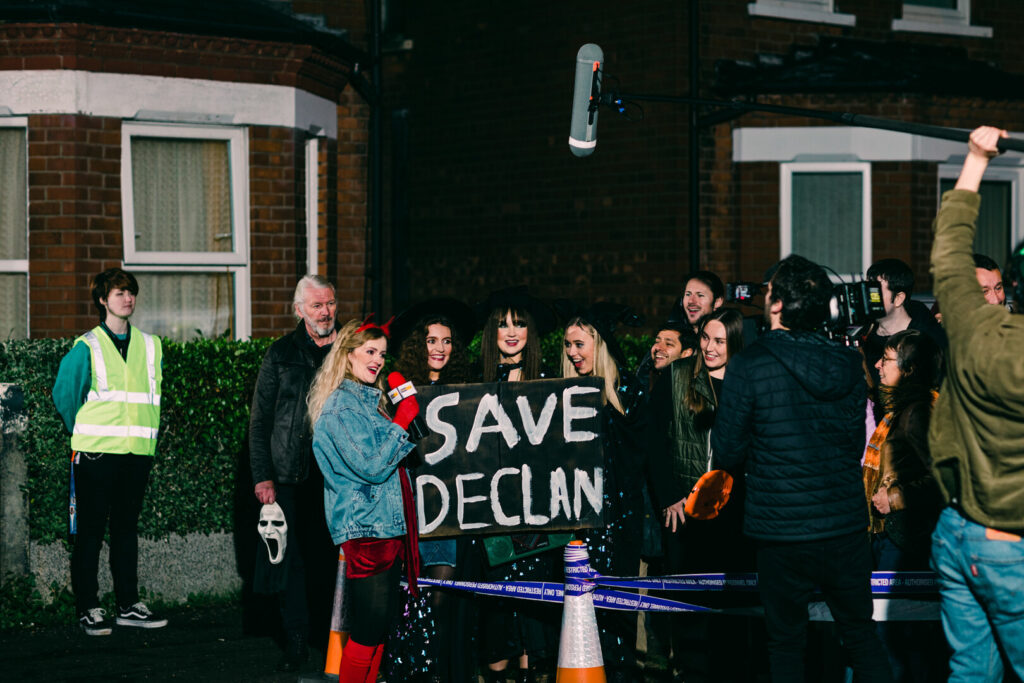2024 horror film releases

1- MaXXXine (Directed by T.I. West)

Completing T.I. West’s zealous ‘X’ trilogy is MaXXXine, a cinematic epilogue following massacre survivor Maxine’s (Mia Goth) journey to stardom in the early 1980s. With West’s signature homage to gritty nostalgia-driven thematics and Goth’s ability to immersive herself into her characters with visceral ease, MaXXXine will certainly be an unmissable slasher.
2- Shelby Oaks (Directed by Chris Stuckmann)

Youtuber Chris Stuckmann’s directorial debut has already made waves across the independent film industry, with its Kickstarter campaign breaking records as the upcoming found footage inspired horror crossed the $1 million point early last year. Shelby Oaks tackles the story of a missing paranormal investigative team and the pandora’s box of hell that their disappearance unleashes.
3- Late Night with the Devil (Directed by Cameron and Colin Cairnes)

This highly anticipated Australian horror burst onto the scene with nothing but rave reviews after its premiere at the South by Southwest Film Festival. Taking centre stage is David Dastmalchian as Jack Delroy, a smooth-talking late-night talk show host whose show quickly goes south one fateful night after he interviews a survivor of a satanic mass suicide.
4- Lisa Frankenstein (Directed by Zelda Williams)

One of horror’s favourite writers, Diablo Cody (creator of Jennifer’s Body [2009]), is back with the 1980s set Lisa Frankenstein, a morbid, fresh and ghastly take on the classic Frankenstein monster’s tale. Kathryn Newton plays the role of enigmatic teenager Lisa Swallows, who falls head over heels with a living corpse (Cole Sprouse). Dressed with bubblegum pink aesthetics and a ghoulish love story, Lisa Frankenstin makes for a perfect spooky Valentine’s watch as it hits screens on the 9th of February.
5- Saw XI (Director TBC)

A new entry into the neverending, blood-filled, gore-ridden Saw franchise is heading to theatres in late September. However, this is all that is known about the latest cog in Jigsaw’s grand plan so far. Despite its acclaim, writers of the warmly received Saw X (2023), Peter Goldfinger and Josh Stolberg, will not be returning to carry on the Saw legacy. Although the mystery is strong surrounding this upcoming release, one thing is for certain: Jigsaw’s game is far from over!
6- Longlegs (Directed by Oz Perkins)

The chilling teaser trailer for Oz Perkins ‘Longlegs’ has been haunting the internet since the new year, with small snippets of malevolent stills and unnerving clips of tense, unfamiliar symbols appearing all over social media. This sure-to-be hit follows FBI agent Lee Harker (Maika Monroe) as she is assigned to an unsolved case of a serial killer linked to the occult.
7- Hell of a Summer (Directed by Finn Wolfhard and Billy Bryk)
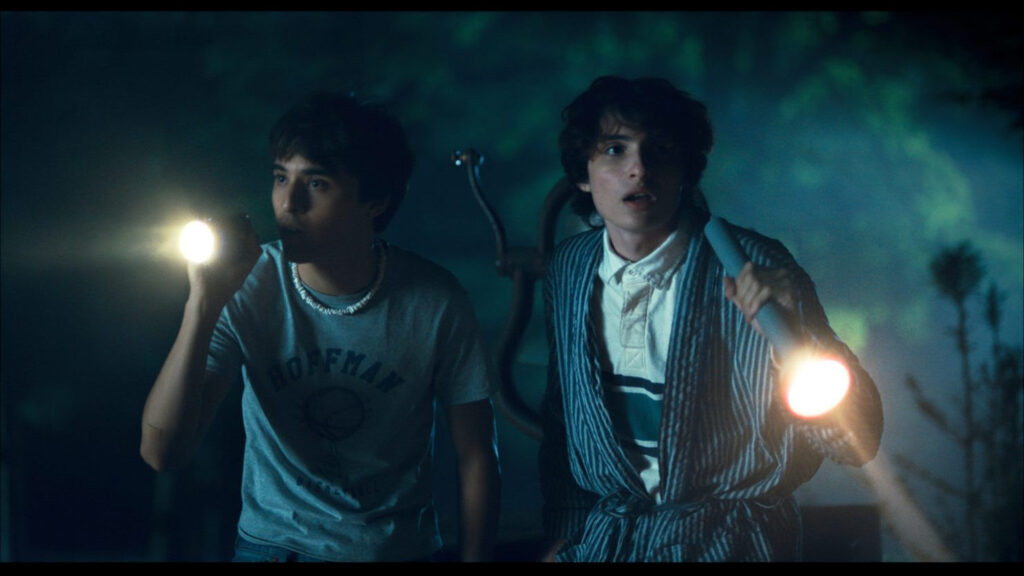
Hell of a Summer follows the structure of a classic (and unbeatable) summer camp slasher, complete with a mysterious masked killer who lurks the grounds looking for prey. Whilst a strong sense of familiarity rings true, what Hell of a Summer does promise is an extremely gory, wild and savage take on a genre favourite.
8- Terrifier 3 (Directed by Damien Leone)

Horror’s residential terrifying clown – ‘Art’ (David Howard Thornton) has been scaring the wits out of people since his first appearance in Damien Leone’s short film The 9th Circle (2008), and now he’s back yet again for the highly anticipated Terrifier 3. With its first look trailer already rapidly making the rounds, this upcoming Christmas-based slasher will certainly be making some noise when it gets released come 25th October.
9- The Toxic Avenger (Directed by Macon Blair)
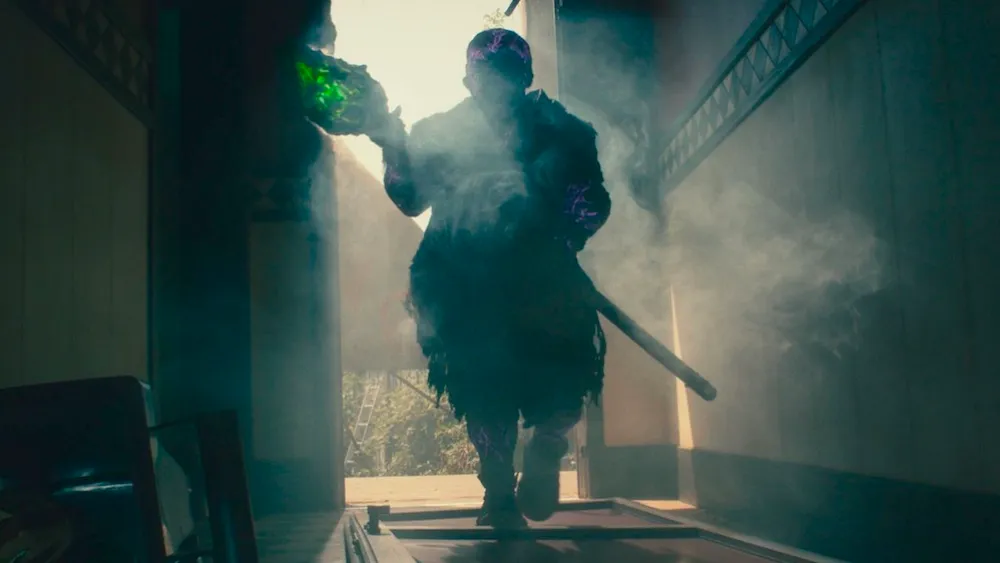
It takes a bold crew to tackle Troma Entertainment’s bold cult classic, The Toxic Avenger (1984). However, from the looks of the fiery trailer and the talented cast including none other than Peter Dinklage and Elijah Wood, the fifth entry into the ‘Toxie’ franchise is set to be an offbeat, untamed, maverick-like beast of a film. Catch the latest Lloyd Kaufman and Michael Herz produced flick later this year.
10- Baghead (Directed by Alberto Corredor)
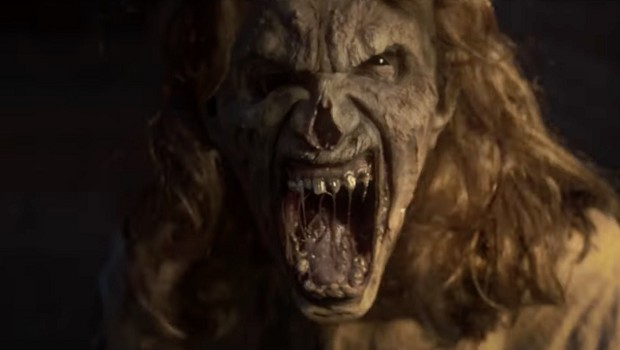
Hitting theatres on the 26th of January is Baghead, a paranormal horror following Iris Lark (Freya Allan), who inherits a broken-down pub she soon discovers a sinister presence lurking underneath the premises. Baghead’s corpus of dread surrounds the rhetoric of loss, decay and the dwellings of mortality.
11- Abigail (Directed by Matt Bettinelli-Olpin and Tyler Gillett)

From the creators of Ready or Not (2019), Scream V (2022) and Scream VI (2023) is the upcoming creature feature Abigail. Based on Dracula’s Daughter (1936), Abigail takes on vampirism with a vicious twist as the enthralling plot follows a group of kidnappers who abduct the daughter of an influential figure for ransom, only to discover their victim’s bloody appetite…
12- The Strangers: Chapter 1 (Directed by Renny Harlin)
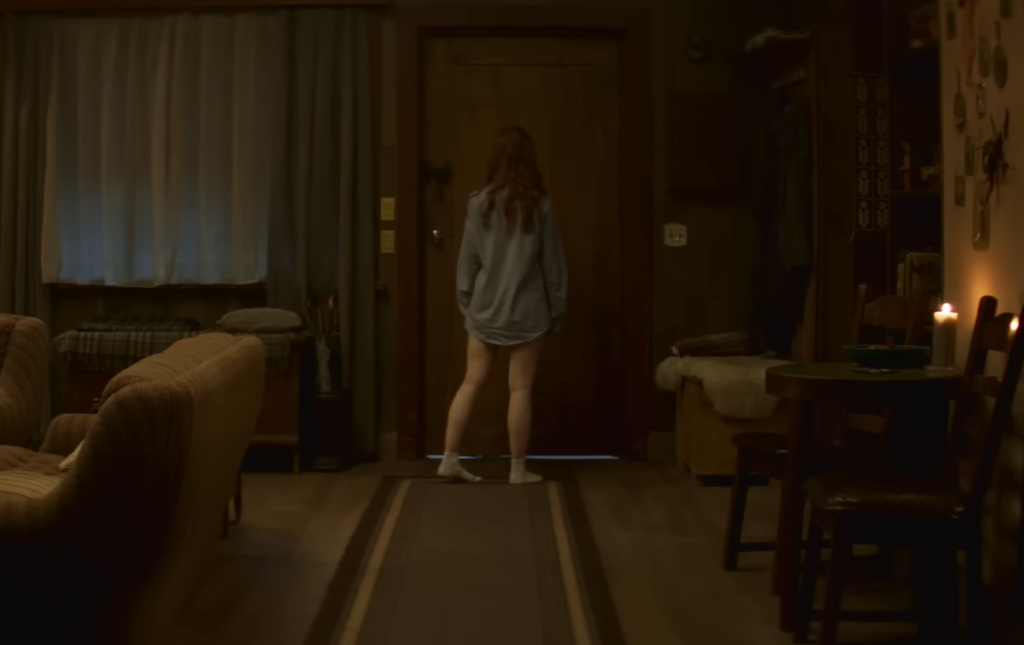
Despite the rumours, The Strangers: Chapter 1 is not a sequel nor a remake of the 2008 contemporary classic, The Strangers (Bryan Bertino). Alternatively, this Renny Harlin feature is the first of a standalone trilogy that occurs simultaneously with the original ‘08 timeline. With this being said, in Chapter 1 expect plenty of home invasion thrills, intense frights and most notably, some of the scariest masks horror has to offer.
13- Nosferatu (Directed by Robert Eggars)

Robert Eggars may just be the perfect choice to bring the infamous Count Orlok back to life, with his ability to convey macabre yet beautiful narratives, alongside his brilliant stylistic techniques that consistently utilise the likes of dramatic chiaroscuro lighting. Joining Eggars in bringing Nosferatu to old and new audiences to the screen are performers Bill Skarsgård, Nicholas Hoult, Lily-Rose Depp, Aaron Taylor-Johnson, Emma Corrin and Willem Dafoe.
14- Your Monster (Directed by Caroline Lindy)

Based on Caroline Lindy’s 2019 short film of the same name is Your Monster, a horror comedy with a heartwarming dash of morbid romance. The film follows Laura Franco (Melissa Barrera), a young woman simultaneously dealing with a breakup and a cancer diagnosis. However, her world is about to get increasingly stranger as she uncovers a petrifying but oddly endearing monster (Tommy Dewey) residing in her closet.
15- The First Omen (Directed by Arkasha Stevenson)

The Omen (1976) still lives on 48 years later as Arkasha Stevenson introduces The First Omen, a prequel to the original Richard Donner directed tale of horror’s deadliest child. The film chronicles Margaret (Nell Tiger Free), a young American nun sent to a church in Rome. However, she soon discovers a conspiracy within the Lord’s house as they attempt to bring about the birth of an evil incarnate. The 6th entry into the all-mighty franchise is set to be theatrically released on April 5th.
16- In a Violent Nature (Directed by Chris Nash)

This indie horror follows a masked silent man as he makes his way through a secluded forest (and a sea of bodies). In a Violent Nature proves that slashers are alive and well, with this slick yet dauntingly raw and seriously creative horror forgoing cliches and putting an original twist on the beloved subgenre with the film following the perspective of the antagonist.
15- Dust Bunny (Directed by Bryan Fuller)

Mads Mikkelsen and Sigourney Weaver star in Bryan Fuller’s (Hannibal [2013-15] developer) feature debut film about an eight-year-old girl who pleads with her neighbour to kill the monster hiding under her bed who massacred her family. The seemingly outlandish but entertaining concept of Dust Bunny is said to be rife with a throwback vibe, reminiscent of dark yet oddly comedic and heartwarming horrors from the 1980s such as The Lost Boys (1987).
16- The Watchers (Directed by Ishana Night Shyamalan)
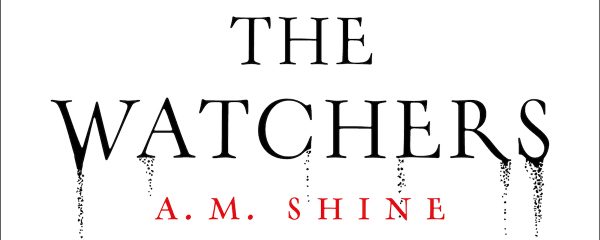
M. Night Shyamalan’s daughter Ishana makes her directorial debut with The Watchers, an eerie creature feature that amalgamates with a secluded forest horror setting as we follow young artist Mina (Dakota Fanning) who finds herself trapped alongside three strangers in an isolated forest in Ireland surrounded by sinister beasts.
17- Handling the Dead (Directed by Thea Hvistendahl)

Adapted from the 2005 John Ajvide Lindqvist (Let the Right One In [2004]) novel of the same name is Handling the Dead, a Norweigan zombie film that tells the tale of three families whose lives are plunged into madness when their deceased loved ones are reanimated. The film strips back the hecticness of the archetypal zombie territory and opts for a muted, haunting atmosphere where the emotional anti becomes the driving force.
18- The Home (Directed by James DeMonaco)
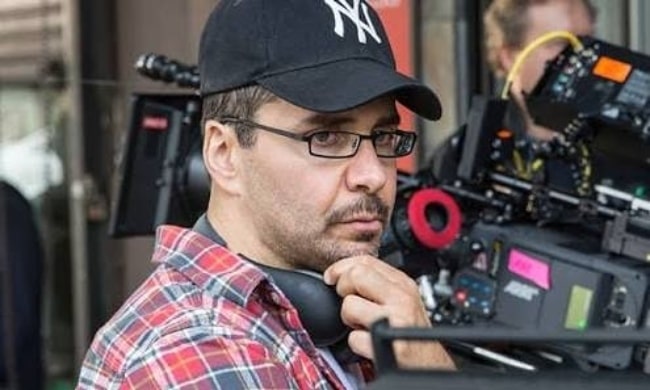
After troubled retirement home worker Max (Pete Davidson), discovers that his patients are harbouring a menacing secret, he begins to reveal connections between his upbringing in a foster care setting and the ominous happenings at the ill-omened home. The Home sees James DeMonaco back with another horror following on from his work with The Purge franchise.
19- Imaginary (Directed by Jeff Wadlow)
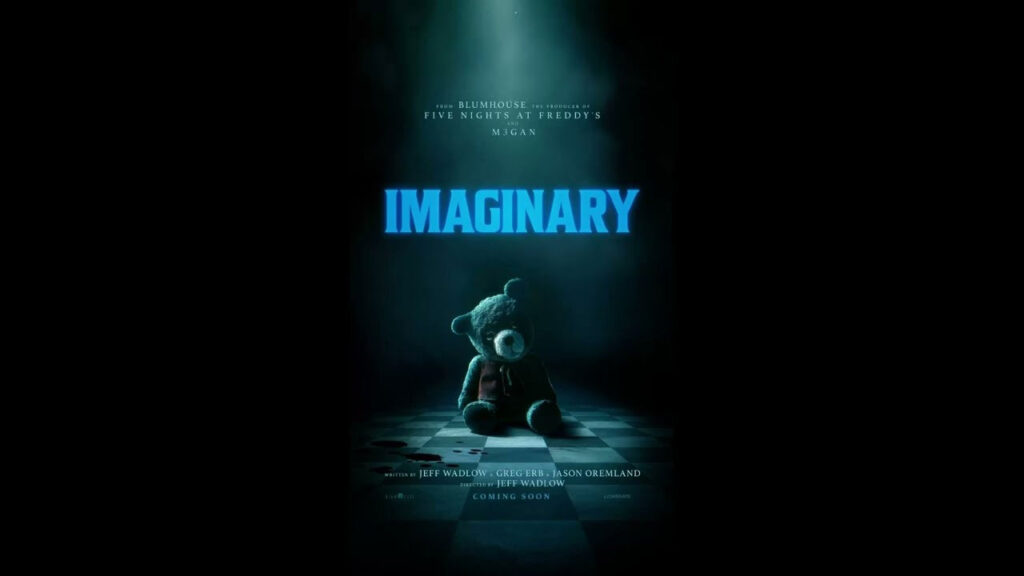
Joining the likes of the Chucky TV series (2021-), Megan (2023) and Five Nights at Freddy’s (2023) is Jeff Wadlow’s ‘Imaginary‘ which is set to hit theatres on March 8th. Imaginary’s ‘evil toy comes to life’ is a stuffed bear named Chauncey who was the beloved childhood companion of Jessica (DeWanda Wise). However, when Jessica’s stepdaughter Alice (Pyper Braun) gets hold of Chauncey and her once innocent behaviour turns vicious, Jessica realises that Chauncey holds a wicked secret.
Want more top horror lists and reviews? Check out our blog here..



